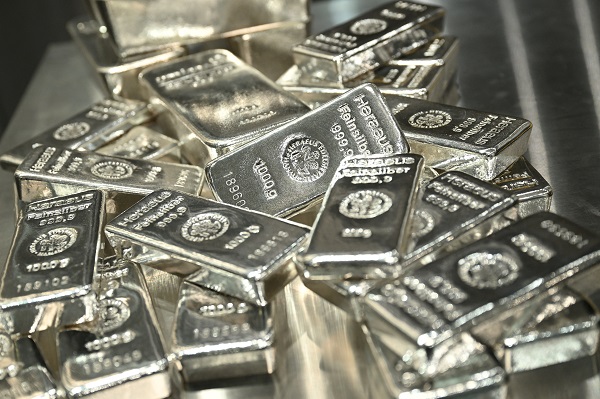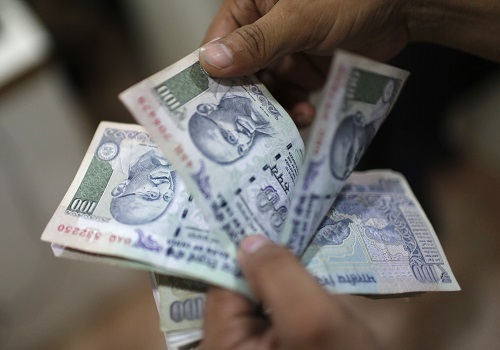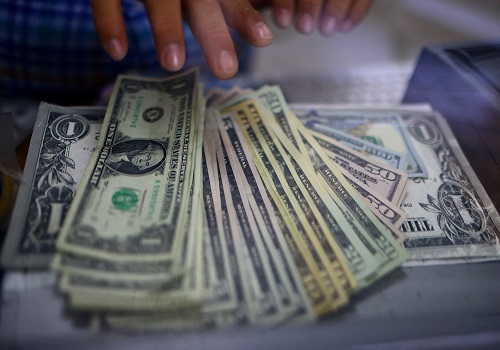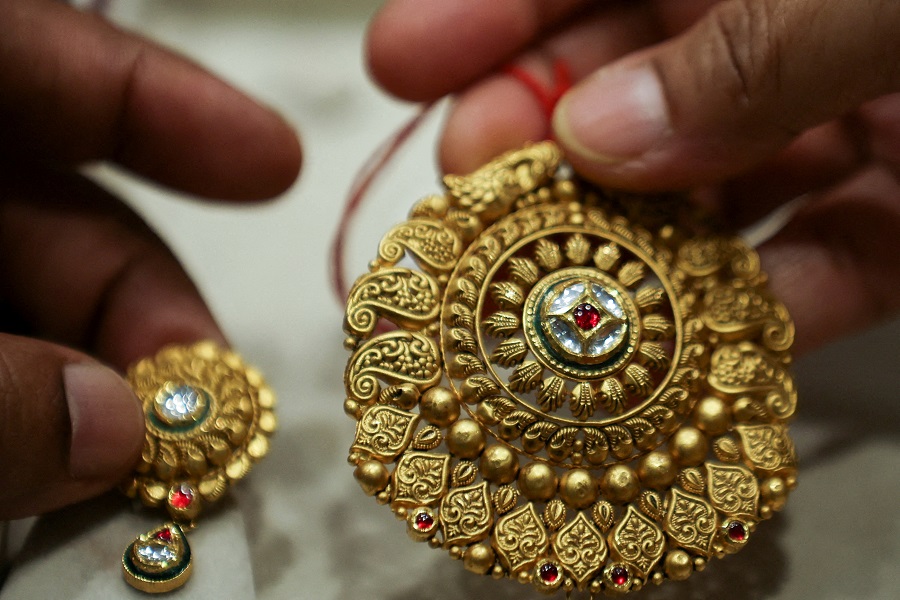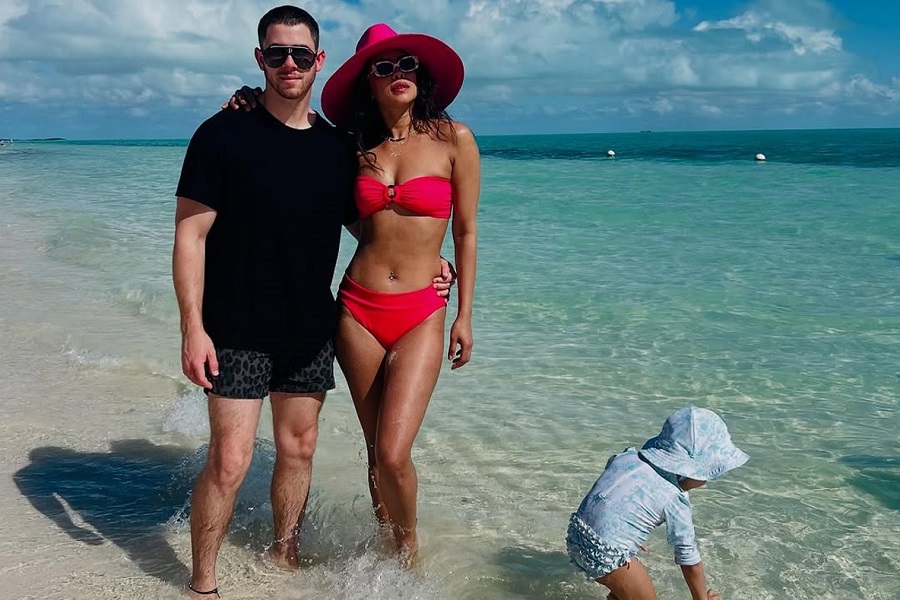Hotels Sector Update : The best is yet to come By JM Financial Institutional Securities
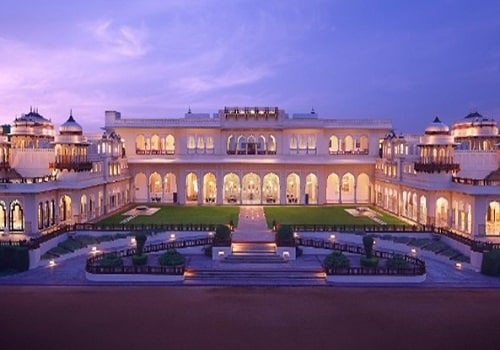
As we move into the festive season, the demand outlook for chain-affiliated hotels looks strong on the back of buoyant domestic demand, significantly higher foreign tourist arrivals due to one time events (G-20 Summit and the Cricket World Cup) and the forthcoming wedding season. In our recent interactions with investors, we noticed that almost everyone we met believes that FY24E will be a strong year for the industry with double digit ARR and RevPAR growth. However, there were a few questions on what will happen in FY25E. The other queries were related to asset light expansions – concerns around low ROCEs for the asset owners and the increasing competitive intensity in this space. We have tried to address all these queries in the sections below. We re-iterate our positive stance on the sector, as we believe demand concerns beyond FY24E are slightly overdone. Hotel room demand will largely be led by domestic tourism and is expected to outgrow room supply in the medium term. Consequently, we believe that the peak occupancies and ARRs for the hotel industry are some time away. Our preferred pick in this sector is Chalet Hotels (TP: INR 620), followed by Indian Hotels (TP: INR 450).
* Increasing demand supply imbalance: As per Hotelivate research, the total branded room supply across major Indian cities is 152,945 as on Mar’22 and the upcoming supply is 59,238 rooms over FY22-27E with an active development ratio of c. 72% (42,531 rooms). Majority of the supply under active development, c. 60% (Exhibit. 3), has either already hit the market or will come in FY24E. As a result supply growth is likely to be muted from FY25E onwards. While short term triggers such as the G20 Summit and the Cricket World Cup will result in a temporary spike in occupancies and ARR, we believe that demand is here to stay beyond these events on the back of resilient domestic tourism, likely revival of foreign tourism and a recovery in business travel. The visibility for hotel demand remains strong as the Indian GDP is forecasted to grow at 6.3% / 6.4% in FY24 / FY25 respectively, and room demand tends to grow at c. 1.3x of GDP.
* The business cycle – where are we now: The hotel industry faces cyclicality as it transverses through peaks and troughs of a business cycle largely due to the demandsupply imbalance. Usually a cycle lasts for 5-6 years (Exhibit. 4) and it can be safely said that we are in the second year of an upcycle as pan-India occupancy is below the peak levels of 72%-75%. As with any other sector, peak supply is linked to development lead time of properties as it catches up to demand in ~3 years, which is typically the average duration of the expansion phase. We re-iterate that even from a timing perspective, the industry is still in early-cycle expansion phase. Hence, we expect peak occupancies and ARRs to be achieved in the next 18-24 months (Exhibit. 5).
* Effect of brownfield expansions: Certain investors highlighted that in the light of severe supply constraints, existing non-branded hotels can be converted to chain-affiliated ones. As per different estimates, c. 20% of the new openings (industry wide, pan-India level) in CY23 / FY24 are conversions. We don’t see these conversions as a significant risk to our thesis as these will largely be towards the lower end of the market (mid-scale / economy) and the scope of such expansions is also limited given the challenges involved in upgrading a below par asset to Grade-A standards (concerns around rooms sizes, build quality, ground coverage, location, renundancies etc.).
* Asset owner vs. brand owner: Given the risks associated with development and the difficult regulatory environment, the economics are skewed against the hotel owner vs. the brand owner. As mentioned in our earlier report (Link), the starting ROCEs are low and they improve to ~12% as the hotel stabilizes and achieves optimal occupancies. However, the positive operating leverage has a far greater impact on asset heavy businesses compared to the more stable asset light (fee) business. The ROCEs can go up to as high as ~25% in an upcycle, tracking an average of 13%-15% over a full business cycle (1 peak and 1 trough) (Exhibit. 6). Additionally, to deliver the same INR growth as one owned asset, the brand owner needs 6-7 managed hotels. In light of these considerations, we believe the hotel companies will aim to achieve an optimum mix of owned and asset light properties.
To Read Complete Report & Disclaimer Click Here
To Read Complete Report & Disclaimer Click Here
Please refer disclaimer at https://www.jmfl.com/disclaimer
CIN Number : L67120MH1986PLC038784
Above views are of the author and not of the website kindly read disclaimer
_Securities_(600x400).jpg)
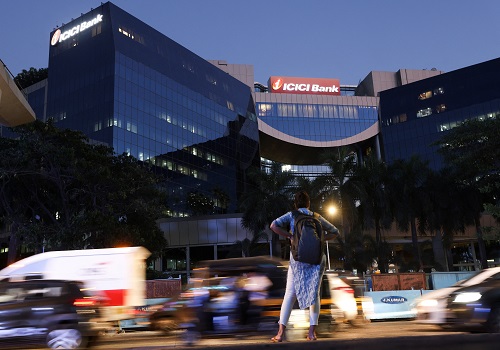
.jpg)
.jpg)
.jpg)

.jpg)

